Hello, I would like to install a heater in my bathroom. He was never there so I would have to plug in the pipes. I want to use PP pipes for connection, but I don't know what to choose.
best regards
best regards
Czy wolisz polską wersję strony elektroda?
Nie, dziękuję Przekieruj mnie tamziomekorko wrote:Recently, I made water at home - I dumped steel pipes and made PP. I used Romanian stabi pipes for hot water.andrzej lukaszewicz - what are you nonsense you write !!! Each PPR pipe stabilized aluminum must first be machined with a tool called a scraper. First, you strip the aluminum layer with the outer material to the length of the weld, then the welding process takes place and the last to cool down. All pipe diameters are made of aluminum, regardless of the manufacturer, i.e. from 16 to 110 mm, they must first be machined with the appropriate diameter with a stripper.
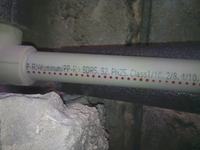
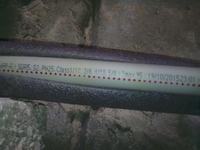
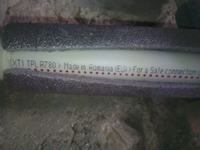 Aluminum inside, no stripping required. I did "20" and "25"
Aluminum inside, no stripping required. I did "20" and "25" ziomekorko wrote:And once more: do not have to be ripped off if the aluminum is inside (between layers)Once again, aluminum stabi pipes must be scraped off
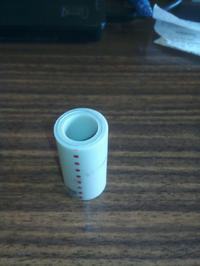
sebaele22 wrote:And what is that?But as far as I know, PN25 is not there
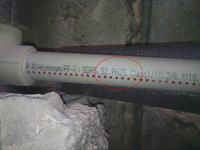
sebaele22 wrote:WELDING pipe 20mm STABI aluminum PN25 "does not require a scraper
sebaele22 wrote:But PN25 I think there is no such thing anymore?
ziomekorko wrote:You don't have to reassure me because I know that. Stabi pipes are available for these and sigmals. Sigmals have to be ripped off. Interestingly, the store has fittings only from sigmals, and regular and stabo pipes from sigmals and Romanian stabos (more expensive than sigmals). Installers prefer Romanian because the job goes faster (no need to rip off).Wawrzyniec - I assure you that SIGMALI does not produce such pipes as you showed in the picture
ziomekorko wrote:I haven't met that.copper fittings bonded with soft solder
ziomekorko wrote:andrzej lukaszewicz - what are you nonsense you write !!! Each PPR pipe stabilized aluminum must first be machined with a tool called a scraper. First, you strip the aluminum layer with the outer material to the length of the weld, then the welding process takes place and the last to cool down. All pipe diameters are made of aluminum, regardless of the manufacturer, i.e. from 16 to 110 mm, they must first be machined with the appropriate diameter with a stripper.
